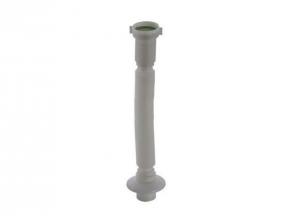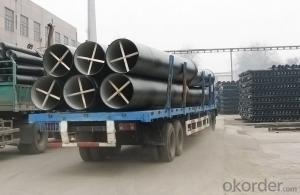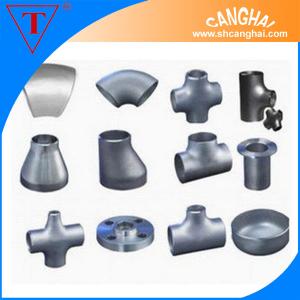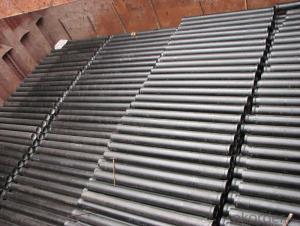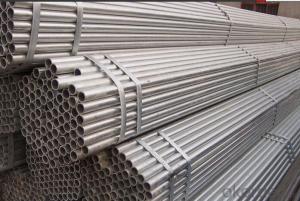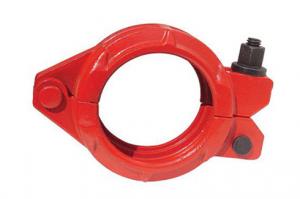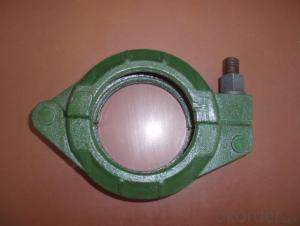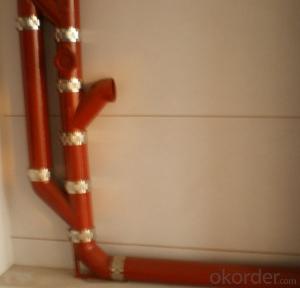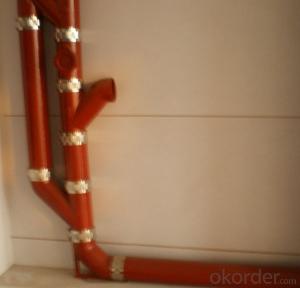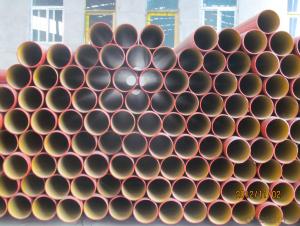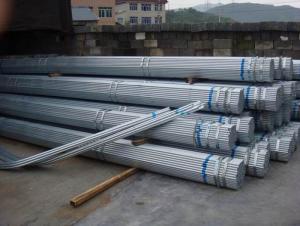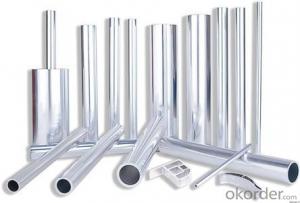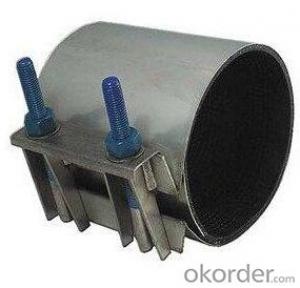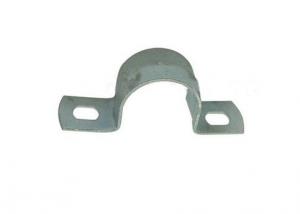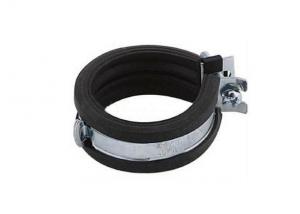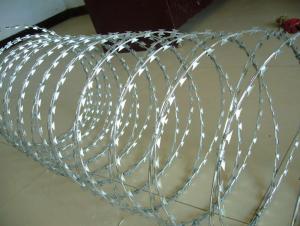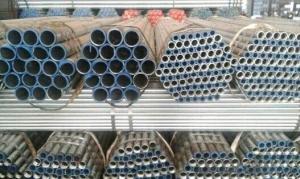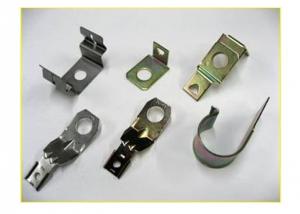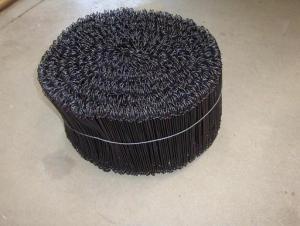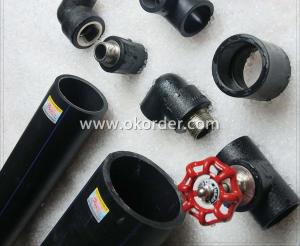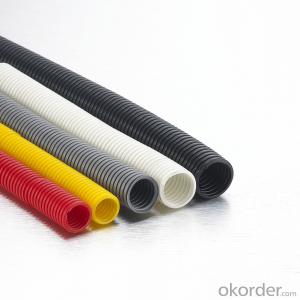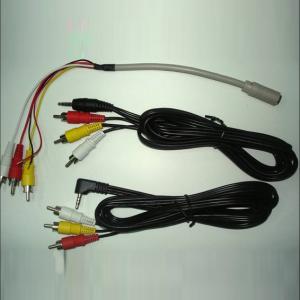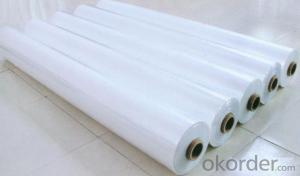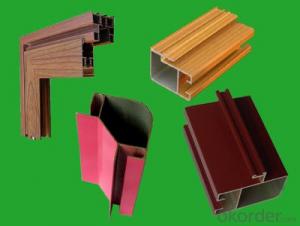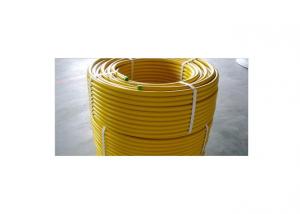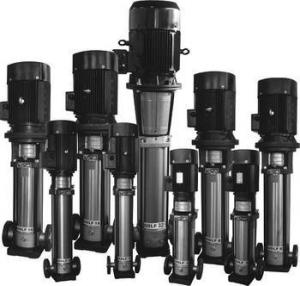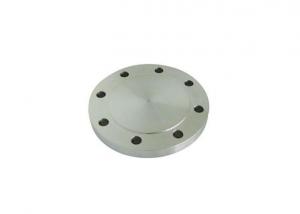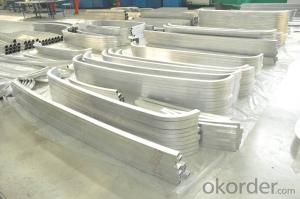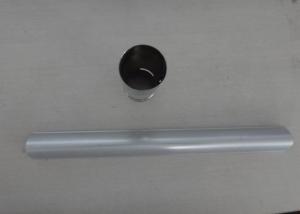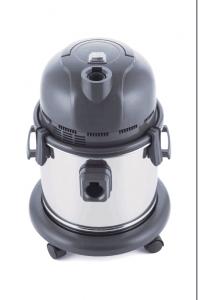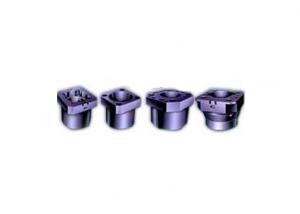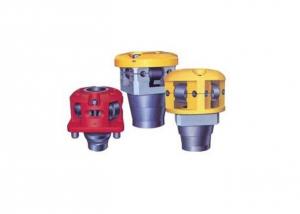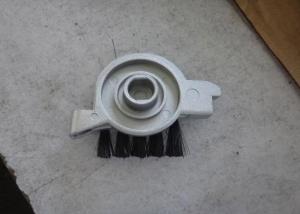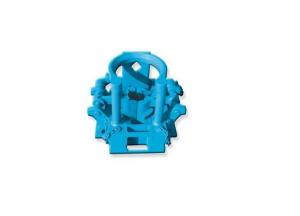Pipe Pipe
Pipe Pipe Related Searches
Pipe Gre Pe Tape Boom Pipes Ag Pipe Structure Pipe Pipe Stainless Gre Pipes Moving Tape Steel Tape Rfp Pipe Mailing Tape Binding Tape 1 Stainless Steel Pipe Dip Tubes Lanco Di Pipes Stainless Steel Pipes Dicl Pipe Polypropylene Tape Shipping Tape Bead Tape Copper Tape Stainless Steel Piping Pe Tank 2 1 2 Cast Iron Pipe Pipe Fitting Jobs Iron Tubes Wexan Pipes Plastic Tube With Cap Small Plastic Tubes Packaging TapePipe Pipe Supplier & Manufacturer from China
Pipe Pipe is a versatile product that includes a range of pipes made from various materials such as PVC, steel, and copper. These pipes are widely used in construction, plumbing, and industrial applications for transporting fluids, gases, and other substances. The product line offers a variety of sizes, shapes, and specifications to cater to different needs and requirements.In terms of application and usage scenarios, Pipe Pipe serves as an essential component in numerous industries. For instance, in the construction sector, pipes are used for water supply systems, sewage disposal, and heating, ventilation, and air conditioning (HVAC) systems. In the plumbing industry, they are employed for both residential and commercial purposes, ensuring efficient water distribution and waste management. Industrial applications include the transportation of chemicals, gases, and other materials in factories and manufacturing plants. The product's durability and reliability make it a popular choice for these critical applications.
Okorder.com is a reputable wholesale supplier of Pipe Pipe products, boasting a large inventory to meet the diverse needs of customers worldwide. The company is committed to providing high-quality pipes at competitive prices, ensuring that clients receive the best value for their investment. With a vast selection of Pipe Pipe products available, Okorder.com is the go-to destination for businesses and individuals seeking reliable and efficient solutions for their piping requirements.
Hot Products


